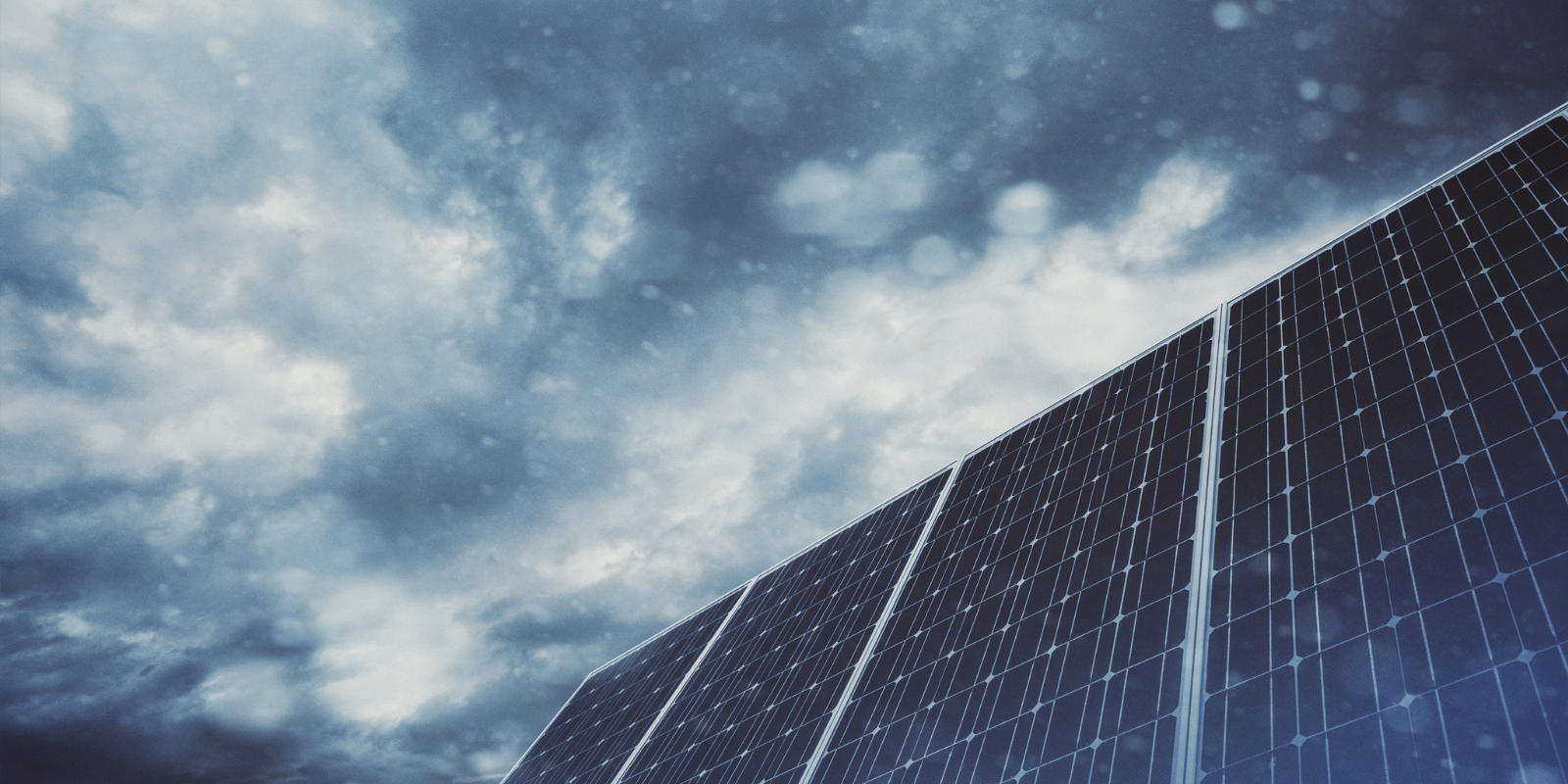Solar panels are installed on exposed roofs. So when people live in areas that have frequent hail storms, wind storms, or hurricanes, it is natural to ask if solar panels will hold up through harsh weather. It is especially relevant now that we are experiencing more extreme weather resulting from climate change.
Solar Panels Withstand Hail Better than Roofs
Even though solar panels are made of glass, it is thick, durable, tempered glass that holds up well to the impact of hail storms. In fact, solar panels take on hail better than most roofs. The National Renewable Energy Laboratory surveyed tens of thousands of solar system installations and found the probability of panel failure was below 0.05% during adverse weather events such as hail storms. That is because mainstream solar panel manufacturers test their products for their ability to survive impacts from the largest hailstones. I witnessed this myself, last summer when we experienced an extreme hailstorm. Our solar panels, as well as our neighbors’ panels, were unscathed. Yet, several neighbors with metal roofs experienced so much damage from the hail, they had their roofs repaired or replaced.
Solar Panels Hold Up in Hurricanes
How well do solar panels hold up in hurricanes? Again, they are usually tested to hold up in hurricane-force winds. Typically they can survive winds of up to 140 miles per hour — 10 mph greater than a category 4 hurricane. When Hurricane Ida hit Louisiana, it was reported that “rooftop solar systems fared better than big energy companies in surviving Hurricane Ida.” The energy companies on the Louisiana coast had widespread damage to their infrastructure that took weeks to repair, leaving hundreds of thousands of Louisianans with no power. Not only did solar panels survive the storm, they tended to protect the roofs better than homes without collectors.
Provided the grid is still functioning, solar panels can still produce electricity even in cloudy weather that precedes and follows hurricanes. But often during hurricanes, the grid goes down, and when the grid goes down, most grid-tied solar systems cannot operate. That is where integrating battery backup with solar arrays makes sense.
Solar and Battery Backup Can Help Keep Life Normal after Hurricanes

Solar batteries store electricity produced on sunny days (and even on cloudy ones). If the grid goes down, you can still use that stored electricity and continue producing more, while your neighbors are without power. The combination of solar and battery backup, not only helps households survive hurricanes and other wind events, it can help people thrive during power outages. Those with solar power and battery backup not only survived hurricane Ida, some helped power their neighbors, too. Because battery storage is limited, plan carefully how you will use the stored electricity for necessities like essential lighting, charging electronics, powering the refrigerator, and any medical equipment. The combination of solar and storage will keep you functioning even in more prolonged power outages. It’s a better way to protect your home during power outages than generators powered by fossil fuels, which are not only polluting but may run short of fuel.
Solar with Batteries Provides Reassurance During Natural Disasters
Before installing solar panels, in addition to comparing pricing, check out the test results and warranties for wind and hail that are provided by the different panel manufacturers you are considering. Similarly, check out the warranties on any battery backup system you are considering. Select an installer who is experienced in connecting solar systems to a battery backup and who knows how to connect to the electric circuits you will need the most in case of a prolonged power outage. If you do your homework, you can set up a solar and battery backup system that provides you with reassurance that you will have continued power supply through any number of extreme weather events.
Joe Emerson is the founder of the Zero Energy Project.


Jim Sandercock says:
Joe, with the advent of bi-directional EV chargers, could a homeowner of a pre-existing solar plant simply use their vehicle in times of grid failure? Do the bi-directional chargers have the ability to create the AC waveform required by grid-dependent solar inverters?
Joe Emerson says:
Yes I believe the answer is yes to both questions. However, manufacturers of different EVs may have different systems for bi-directional charging and solar installations have different inverters. So it would be best to check with the manufacturer of both the bi-directional EV you are hoping to purchase and with your solar installer to be sure the systems are compatible and can achieve what you are hoping for. As most bi-directional EVs are just coming on the market there is a lot to learn. Here is the best article I have seen on this subject so far: https://www.greenlancer.com/post/bidirectional-charging